Choosing a Shoe
Updated:
The importance of correct footwear
When choosing a shoe, there are several factors which need to be taken into consideration to ensure the shoe is most appropriate for the individual. Because everyone’s feet move differently and are different shapes, the ideal shoe for one person may differ completely from the next. In addition many shoes are built with different characteristics which make them ideal for certain activities on specific surfaces. The perfect shoe for an individual therefore needs to be selected to suit their feet and their specific needs.
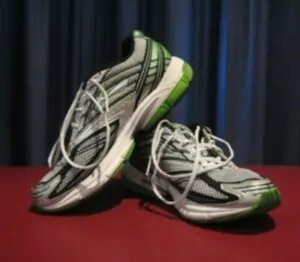
Figure 1 – Choosing a Shoe
Injuries due to poor footwear
It is well documented that inappropriate footwear and poor foot posture are major contributing factors in the development of many lower limb injuries. Some of these may include:
- Plantar Fasciitis
- Shin Splints
- Achilles Tendonitis
- ITB Friction Syndrome
- Patellofemoral Pain Syndrome
- Patella Tendonitis
- Stress Fractures (such as Tibial Stress Fractures)
It is therefore vital that you choose the correct shoe to assist in injury prevention and injury rehabilitation.
Which shoe should I buy?
It is important to choose a shoe that is designed to support your foot type. There are three main categories of foot types:
- NEUTRAL – normal foot
- PRONATOR – flat foot
- SUPINATOR – high arch foot
Having your feet assessed during standing, walking and running by an experienced physiotherapist or podiatrist is the best way to determine your foot type. There are also many shoe stores that can assess your feet to determine your foot type. The Athlete’s Foot in Australia is one example.
Alternatively, a simple test to determine your foot type is the wet test. After having a shower, with your feet still wet, step onto a dry surface and have a look at your wet foot print. If your foot print does not have a C-curve on the inner aspect of the foot print (figure 2) you are likely to be a PRONATOR (flat foot), if you have a very prominent C-curve on the inner aspect of the foot print (figure 3), you are likely to be a SUPINATOR (high arch) and if it’s somewhere in between (figure 4) you’re likely to have a NEUTRAL (normal foot).
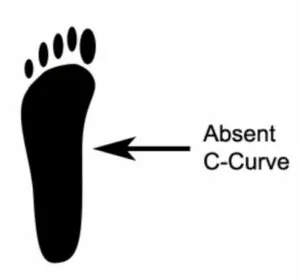
Figure 2 – Pronator Foot Print (Flat Foot)
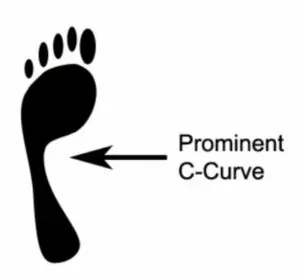
Figure 3 – Supinator Foot Print (High Arch Foot)
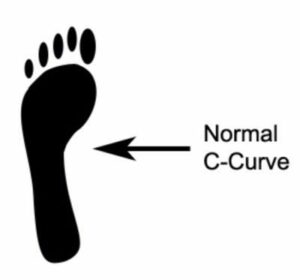
Figure 4 – Neutral Foot Print (Normal Foot)
NEUTRAL FOOT REQUIREMENTS
- Ideal shoe should not be designed to support the foot in any way, but should provide good cushioning, comfort and stability.
PRONATOR FOOT REQUIREMENTS
- These foot types require a motion control or stability shoe with a firm mid-sole and good arch support
- The aim with these shoes is to try and slow down pronation.
SUPINATOR FOOT REQUIREMENTS
- These foot types require a comfort shoe with extra cushioning.
- The shoe should encourage pronation.
- Motion control or stability shoes are not appropriate.
Once you have determined your foot type, it is important to choose a shoe that supports your foot type and requirements. This is important since there are many shoe types designed with different properties for specific activities (e.g. walking shoes, running shoes, tennis shoes, cross trainers etc.) For example, if you want shoes for walking and you have pronating feet (flat feet) you should choose a walking shoe for pronating feet.
Fitting a shoe

Members Only ContentBecome a PhysioAdvisor Member to gain full access to this exclusive content. For more details see Become a Member. Already a member? Login Now
Shoe flexibility

Members Only ContentBecome a PhysioAdvisor Member to gain full access to this exclusive content. For more details see Become a Member. Already a member? Login Now
How can I make my shoes last longer?

Members Only ContentBecome a PhysioAdvisor Member to gain full access to this exclusive content. For more details see Become a Member. Already a member? Login Now
When should I replace my shoes?

Members Only ContentBecome a PhysioAdvisor Member to gain full access to this exclusive content. For more details see Become a Member. Already a member? Login Now
Choosing a Shoe Summary

Members Only ContentBecome a PhysioAdvisor Member to gain full access to this exclusive content. For more details see Become a Member. Already a member? Login Now
Physiotherapy products for foot injuries
Some commonly recommended products by physiotherapists for patients with foot injuries include:
-
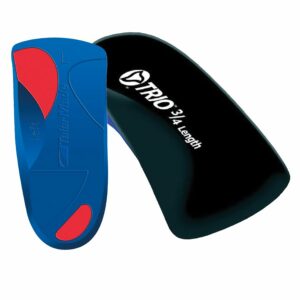 Talar Made TRIO Orthotics (3/4 length)
Talar Made TRIO Orthotics (3/4 length) -
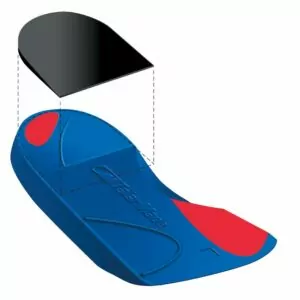 Heel Lifts (Elevators – Talar Made) (Pack of 5 Pairs)
Heel Lifts (Elevators – Talar Made) (Pack of 5 Pairs) -
 Forearm Crutches Adjustable – Standard Grip
Forearm Crutches Adjustable – Standard Grip -
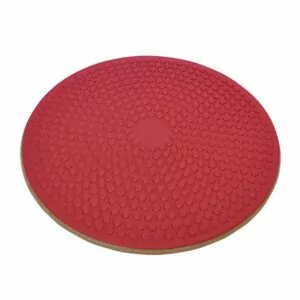 AllCare Wobble Board (Red – ACWOBRD)
AllCare Wobble Board (Red – ACWOBRD) -
 AllCare Band
AllCare Band -
 Premium Strapping Tape 38mm (Victor)
Premium Strapping Tape 38mm (Victor) -
 AllCare Tubing
AllCare Tubing -
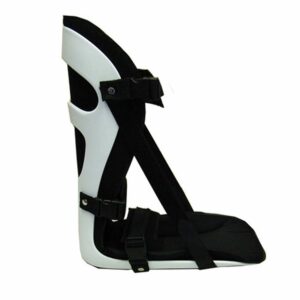 AllCare Ortho Night Splint
AllCare Ortho Night Splint -
 Fixomull Stretch 5cm x 10m
Fixomull Stretch 5cm x 10m -
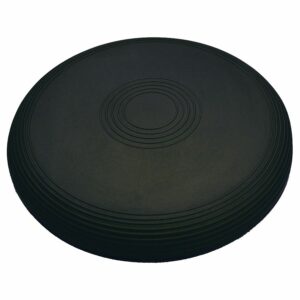 Lournet Stability Dura Disc
Lournet Stability Dura Disc -
 AllCare Ortho Standard Walker (Cam Boot)
AllCare Ortho Standard Walker (Cam Boot)
To purchase physiotherapy products for foot injuries click on one of the above links or visit the PhysioAdvisor Shop.
 Find a Physio
Find a Physio
Find a physiotherapist in your local area who can help to determine the most appropriate shoe for you.
 Injury Information
Injury Information
Click on the appropriate link below to view detailed injury information:
- Plantar Fasciitis
- Shin Splints
- Achilles Tendonitis
- ITB Friction Syndrome
- Patellofemoral Pain Syndrome
- Patella Tendonitis
- Tibial Stress Fractures
- Other Injuries
 More Information
More Information
- View a Return to Running Program that is frequently used during injury rehabilitation
Become a PhysioAdvisor Member

Link to this Page
If you would like to link to this article on your website, simply copy the code below and add it to your page:
<a href="https://physioadvisor.com.au/health/footwear/choosing-a-shoe”>Choosing a Shoe – PhysioAdvisor.com</a><br/>PhysioAdvisor offers expert physiotherapy advice and information on choosing a shoe and correct footwear for running.
Return to the top of Choosing a Shoe.

